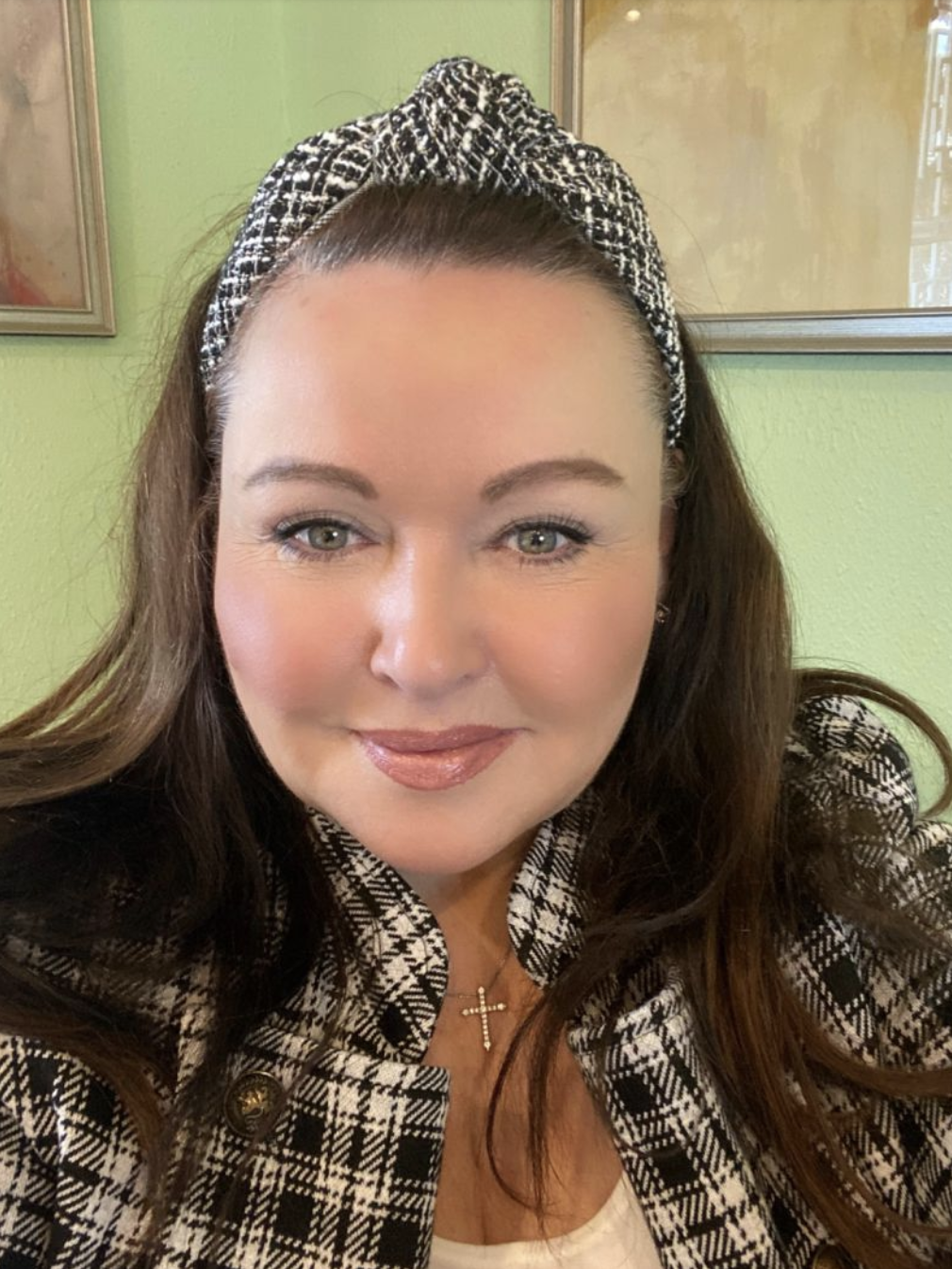Advocating for Shared Decision-Making in Hemophilia B Care
Kim Phelan is a passionate advocate for people living with hemophilia B. As chief operating officer of the nonprofit, Coalition for Hemophilia B, she has spent decades not only advocating for better treatment, but for an approach to treatment that is more patient-centered and more in touch with the day-to-day realities and dreams of people living with hemophilia B.
While she is a proponent of shared decision-making as a way to improve patients’ lives–as well as improve the ability of health care practitioners to care for their patients in relevant and meaningful ways–she believes that shared decision-making won’t just happen, both patients and doctors need to take strides to make it happen. Key to this, she says, is education, awareness and empowerment.
We sat down with Kim for a Q&A session regarding shared decision-making, and this is what she had to say:
Q: How do people living with hemophilia B experience life in different ways and prioritize what is important for them?
A: People living with hemophilia B are unique, no two are the same. The overall goal of shared decision-making is quality of life and to remove the obstacles for people with hemophilia B to live a life well lived. There is no one size fits all. People with hemophilia B come from all walks of life and have different priorities on how they want to live their lives.
Some people with hemophilia B have a great passion for sports and activity. It is in the core of their very being to be active, and they long for a lifestyle that is going to give them that freedom.
There are also people with hemophilia B who want to be of service (i.e., policeman, fireman, or EMT). They want to help people, but this requires optimal physical shape.
Some people with hemophilia B love music and the arts. They love to create and live their passion.
Other people with hemophilia B love to travel the world and experience new cultures.
Their soul calls to them to explore.
Q: How do you define shared decision-making?
A: Shared decision-making is easy to define. At its core, it is agreed-upon goals and collaboration between the patient and physician to achieve them. I would add, however, that while it may be relatively easy to define, shared decision-making is not always easy to practice. Not for patients, many of whom are used to following physician directions, and not for physicians, many whom have not historically had multiple options for consideration alongside the patient.
Q: What do patients and their physicians need to know before they start going down this path?
A: It’s a relatively new approach, especially in the hemophilia B community. So, to start, both patients and physicians need to reconsider their roles in order to reposition their relationship. Patients have to understand they deserve to collaborate with their physicians, to be a part of the decision-making process that can impact their lives. It’s their lives, after all.
Likewise, physicians should engage people living with hemophilia B as equal partners in their treatment. Unless both patients and physicians feel this way, shared decision-making either won’t work at all or won’t work as well as it should.
Ultimately, the hope of shared decision-making in hemophilia–or any condition–is an informed, well-thought-out and mutually agreed-upon treatment plan that both can feel really good about.
Q: What do patients and their physicians need to do to prepare for a positive shared decision-making experience?
A: For patients specifically, to ensure they get the most from shared decision-making, they have to become empowered to be a partner in this experience. And that happens by educating themselves about their disease and the treatment options for it, including new alternatives like gene therapy, which, for example, includes a new terminology and level of understanding. They can’t speak intelligently with their doctors if they do not know the right words to use. Ultimately, you have to advocate for yourself, which means knowing the language and what you’re talking about so that you can work together with your doctor to find the right solution that works for you.
Q: How can doctors encourage patients during visits to feel empowered to bring up challenges they may be having with their current treatment option?
A: The doctor can ask, how’s it going? Do you feel this is working for you? If so, why, and if not, how can we rethink your treatment to better support your goals? I think providing patients with educational materials, like pamphlets, are important, too, so patients can read up and then discuss further. The doctor can say, why don’t you look this over and send any questions you have to a nurse, and we will set up a time to talk to you more about it. That’s the ideal.
Q: What is the ultimate goal of shared decision-making?
A: The goal is quality of life. Thirty years ago that wasn’t really a consideration. Everybody was on crutches, in wheelchairs. We’ve come a long way and now we’re in this amazing place where we can actually see a really good quality of life for patients. This is what I’ve been waiting for because I’ve had my heart broken so many times seeing people suffering.
Now I can confidently tell patients to dream big, to really think about what they’d like to see for themselves, and then work with your doctor to make those dreams come true.
Source: STAT News

